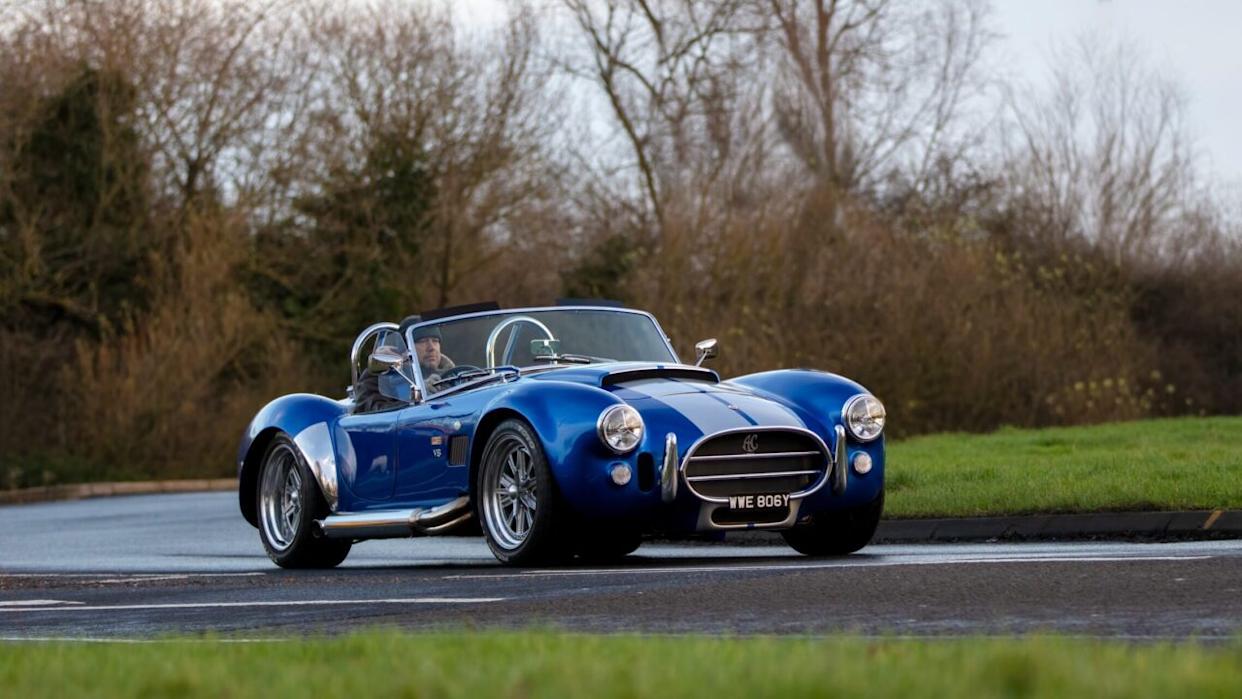
The automotive world has an unwritten rule: hit 25 years, and you’re a classic. By that logic, the 1999 Honda Civic now qualifies — which feels both absurd and, somehow, inevitable. Long before we started handing out “vintage” status like participation trophies, though, some cars earned their place the hard way.
What makes a car iconic? It’s not math. It’s not even rational. It’s personal. These machines are here because they live rent-free in my mind and, I assume, in the minds of most car-loving Americans. Some tore up drag strips. Others flopped on showroom floors, then found redemption as movie stars. All of them, in their own way, helped define what it means to drive American.
1964½ Ford Mustang
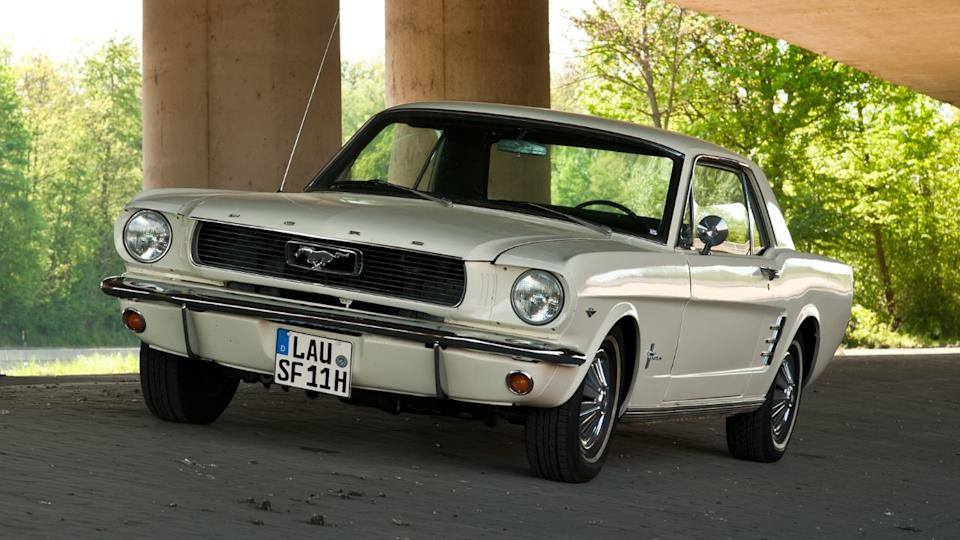
Before the Mustang, sporty cars were either imported, expensive, or both. Ford changed that overnight in April 1964, launching the Mustang as a stylish, affordable coupe that looked fast and could be, depending on how you optioned it. Ford moved nearly 22,000 units on day one, instantly creating the “pony car” class and rewriting the rulebook for American performance styling.
The genius was in the packaging: take a humble Falcon chassis, wrap it in sharp, youthful sheet metal, offer everything from a fuel-sipping 170-cubic-inch inline-six to a fire-breathing 289-cubic-inch V8 (up to 271 hp in K-code form), and sell it for a starting price around $2,368. Suddenly, anyone could look like a rock star behind the wheel.
Steve McQueen later immortalized it in Bullitt, but long before Hollywood got involved, the Mustang was already a national obsession. With its long hood, short deck, and unmistakable galloping horse badge, the 1964½ Mustang wasn’t just a new kind of car — it was a new kind of freedom.
1957 Chevrolet Bel Air
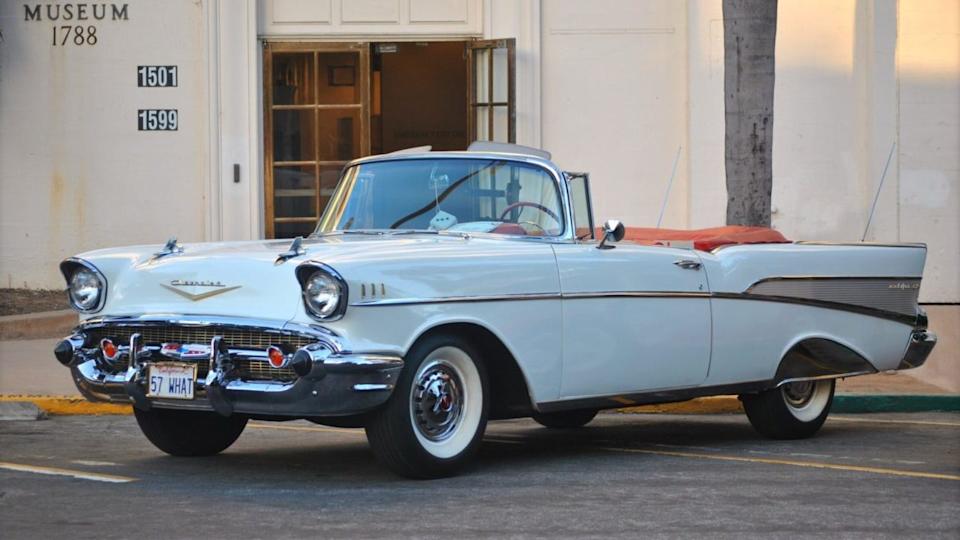
Ask any car enthusiast over 60 about their first automotive crush, and a significant chunk will likely murmur "a '57 Chevy." The crown jewel of the "Tri-Five" era (1955-1957), the Bel Air screamed post-war American swagger. Its rocket-inspired tailfins, bold chrome grille (often called the "Ferrari grille" by enthusiasts), and jewel-like taillights looked like they'd just flown off a design board from the future.
Underneath the flash, it offered serious innovation: a more refined chassis and a range of potent small-block V8s, including the legendary 283 cubic-inch "Fuelie" with mechanical fuel injection, making 283 horsepower — one horsepower per cubic inch, a truly impressive feat for the era. Whether a two-door hardtop, a ragtop convertible, or a functional station wagon, the '57 Bel Air became the undisputed beauty queen of car shows and remains a dream restoration project. It's not merely a car; it's the quintessential 1950s on whitewalls, ready for a drive-in double feature.
1970 Dodge Challenger R/T
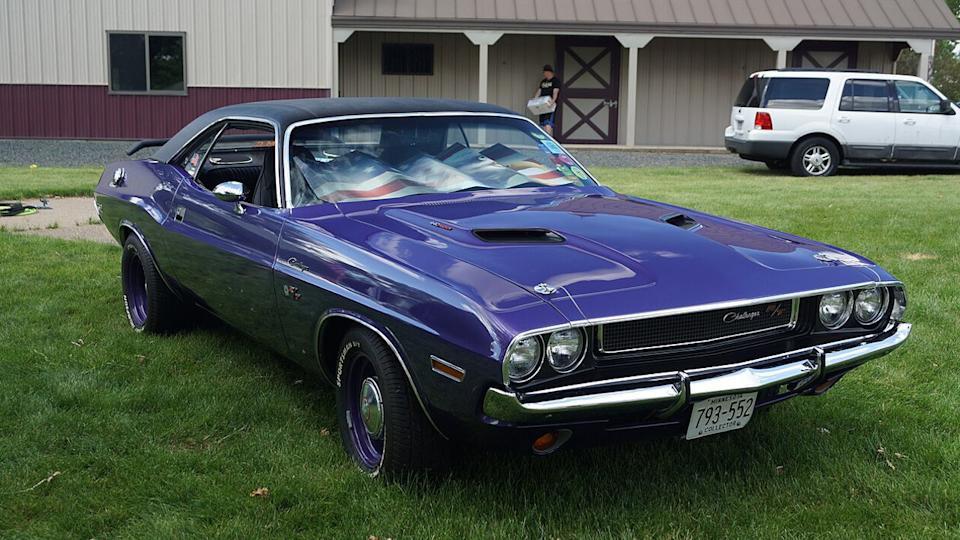
The 1970 Dodge Challenger R/T was the definition of muscle car bravado. Built on Chrysler's new E-body platform, it boasted a wide, aggressive stance and lines that looked like they picked fights in parking lots for fun. Engine options included the potent 440 cubic-inch Magnum V8 and the terrifying 426 HEMI, conservatively rated at 425 hp (but notoriously putting down more). The optional "Shaker" hood scoop, vibrating with every rev, was pure automotive theater.
Collectors now actively hunt for "Plum Crazy Purple" or "Lime Light" examples, especially those equipped with the functional Shaker. This was Detroit at its most unhinged, delivering raw, unadulterated power directly to the rear tires. The '70 Challenger R/T is muscle car excess, bottled in sheet metal and unleashed with a thunderous exhaust note. It looked like it just escaped from a drag strip, because it probably had. Who could forget the cross-country car chases involving the Challenger in "Vanishing Point," which inspired plenty of us to dream of high-speed freedom. To be fair, this was a much better life lesson.
1963 Chevrolet Corvette Sting Ray Split-Window
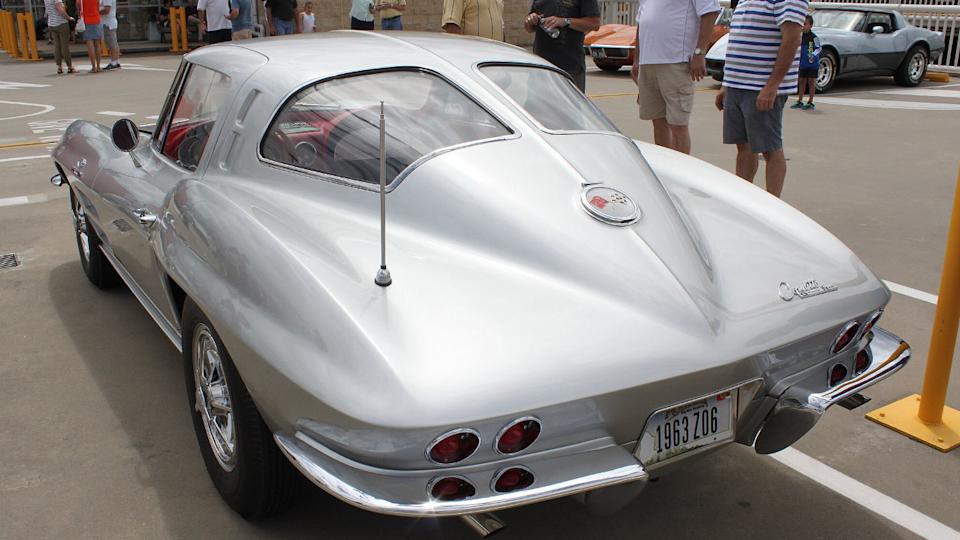
Few American cars can match the sheer artistry and forward-thinking engineering of the 1963 Corvette Sting Ray. This was the debut of the second-generation (C2) Corvette, a complete departure from its predecessor. Its fiberglass body, a sculpted masterpiece by Bill Mitchell and Larry Shinoda, looked like nothing else on the road. The defining, and most controversial, feature was its split rear window — a design cue that lasted only one year before being eliminated due to visibility concerns. Today, collectors pay dearly for that one-year oddity.
Underneath, the C2 was revolutionary. It was the first Corvette to feature fully independent rear suspension, a significant leap in handling prowess championed by Corvette Chief Engineer Zora Arkus-Duntov. Powered by a range of 327 cubic-inch small-block V8s (up to 360 hp with fuel injection), it wasn't just a looker; it handled like a dream, finally allowing the Corvette to truly compete with European sports cars. This combination of stunning looks and genuine performance made the '63 Sting Ray an instant legend
1955 Ford Thunderbird
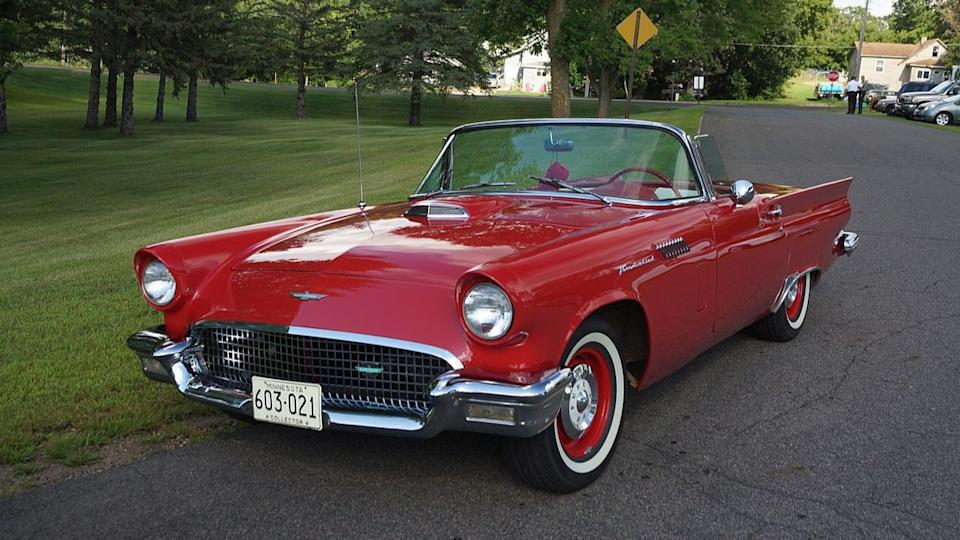
While Chevrolet unveiled the Corvette as a pure sports car, Ford took a different route with the 1955 Thunderbird. This wasn't Ford's answer to the Corvette; it was Ford's answer to "what people actually want." Marketed as a "personal luxury car," the T-Bird prioritized comfort, style, and effortless cruising over raw track performance. It arrived with standard features like a V8 engine, power steering, and power brakes — luxuries often optional or unavailable on its rival.
With its distinctive porthole windows (an optional feature on the removable hardtop), clean lines, and the smooth purr of its 292 cubic-inch Y-block V8 (198 hp), the '55 T-Bird quickly became a symbol of refined Americana. It outsold the Corvette significantly, proving there was a market for elegance with exhaust tips. It was the preferred ride for the likes of Elvis and became an enduring toy for Barbie. This was the car for showing up, not showing off.
1969 Pontiac GTO “The Judge”
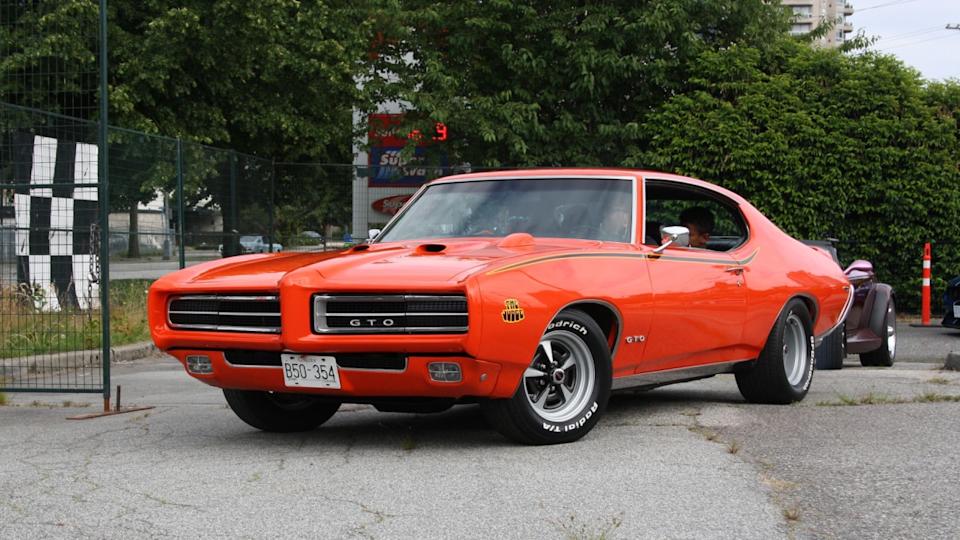
When Pontiac unleashed “The Judge” in 1969, they weren’t asking for permission, they were laying down the law. Named after a popular Laugh-In TV sketch, this GTO variant was as subtle as a neon sign in a library. It came slathered in psychedelic decals, functional hood scoops (connected to the Ram Air III 400 cubic-inch V8, making 366 hp, or the even more potent Ram Air IV with 370 hp), and was often drenched in eye-searing Carousel Red paint.
"The Judge" was loud, proud, and unapologetically outrageous. If you rolled up in one, people stopped, stared, and got out of your way. It's notorious for flying through the streets without much thoughts about public safety in Dazed & Confused.
Pontiac produced 6,783 Judge coupes and a mere 108 Judge convertibles in 1969. It was one of the muscle car era’s loudest statements, literally (with its performance exhaust) and figuratively (with its in-your-face styling). This was the car that commanded attention and respect, usually after a quick quarter-mile demonstration.
1966 Shelby Cobra 427
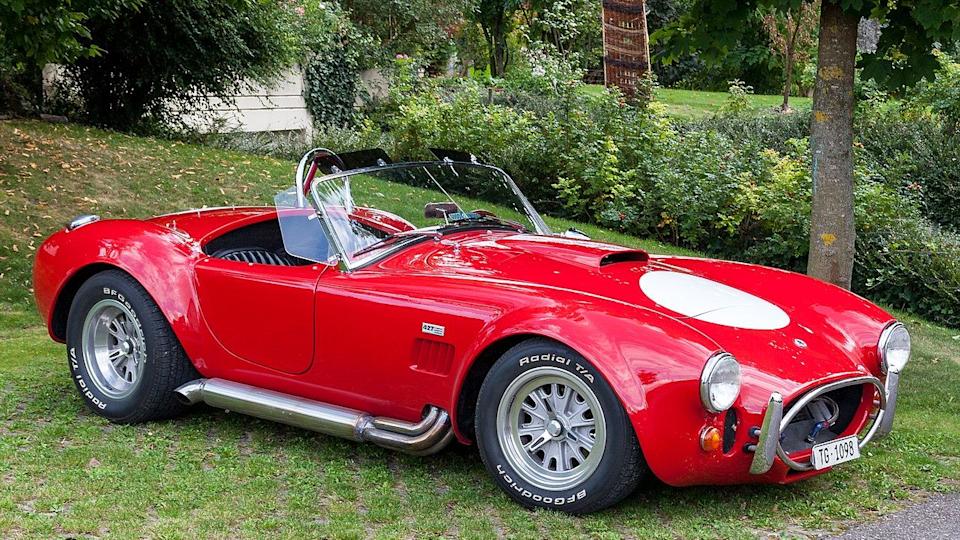
Okay, let's be technically precise: the 1966 Shelby Cobra 427 is an Anglo-American Frankenstein, but it's impossible to ignore its monumental impact in the States. Carroll Shelby, a man who believed "too much horsepower" was a myth, took a tiny British AC Ace roadster and surgically implanted a colossal Ford 427 cubic-inch “side-oiler” V8 (rated at 425 hp for the street, even more for racing). The result was a snarling, tire-shredding monster that defied conventional limits.
Only 348 production 427 S/C (Semi-Competition) Cobras were built, making them ultra-rare and astronomically expensive today — original examples can fetch over $5 million at auction. With 0–60 mph times in the sub-4-second range, it routinely embarrassed Ferraris and Corvettes of the era. Stats alone, though, don’t tell the story. Driving one felt like trying to tame a wild animal in loafers and aviators — raw, intimidating, and unforgettable.
Owning the real thing requires living in a tax bracket most of us only dream about. Thankfully, this is one of the rare icons where high-quality kits and replicas often deliver not just the looks, but much of the performance too — sometimes with modern upgrades that make them even more usable and thrilling today. It's the kind of car that still makes grown adults go weak in the knees at car shows. I’ve seen it. (I’ve caught them.)
1987 Buick GNX
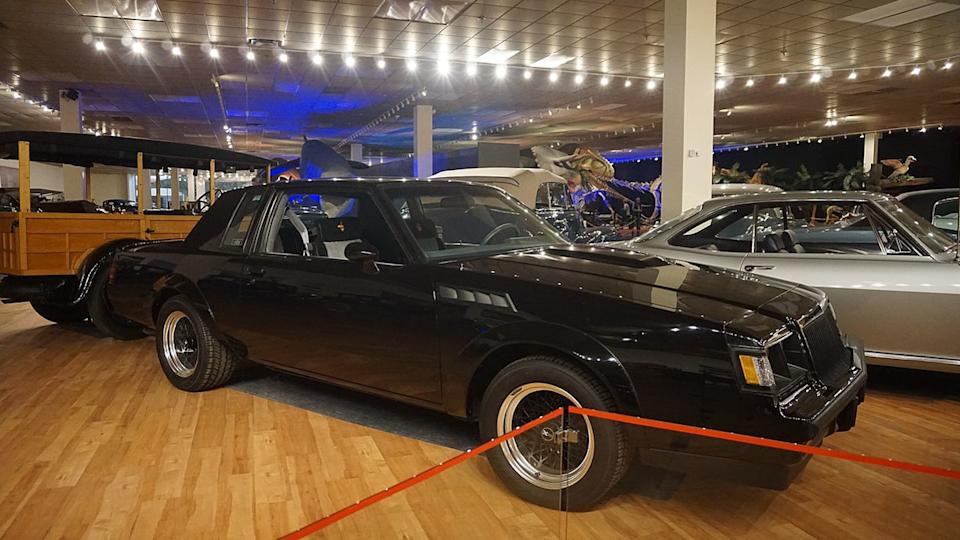
Think the 1980s were all mullets, pastel tracksuits, and bland minivans? Prepare to be corrected. The 1987 Buick GNX was a blacked-out, turbocharged middle finger to the notion of the boring sedan. Buick took its already potent Grand National and handed it over to ASC/McLaren for a final, ferocious upgrade. The result was a sinister, asphalt-eating menace that could, quite famously, outrun Ferraris and Corvettes of the day in the quarter-mile.
Under its brooding black paint and subtle fender flares lay a heavily modified 3.8L turbocharged V6 engine, producing an official 276 hp and 360 lb-ft of torque, though dyno tests consistently showed significantly higher numbers. Its 0-60 mph time of 4.7 seconds and 13.2-second quarter-mile were utterly astounding for a car of its type. With only 547 units built, the GNX has become a holy grail car for collectors. For something born in the Reagan era, it still feels profoundly rebellious — a true wolf in sheep's clothing, albeit a sheep wearing all black.
1961 Lincoln Continental
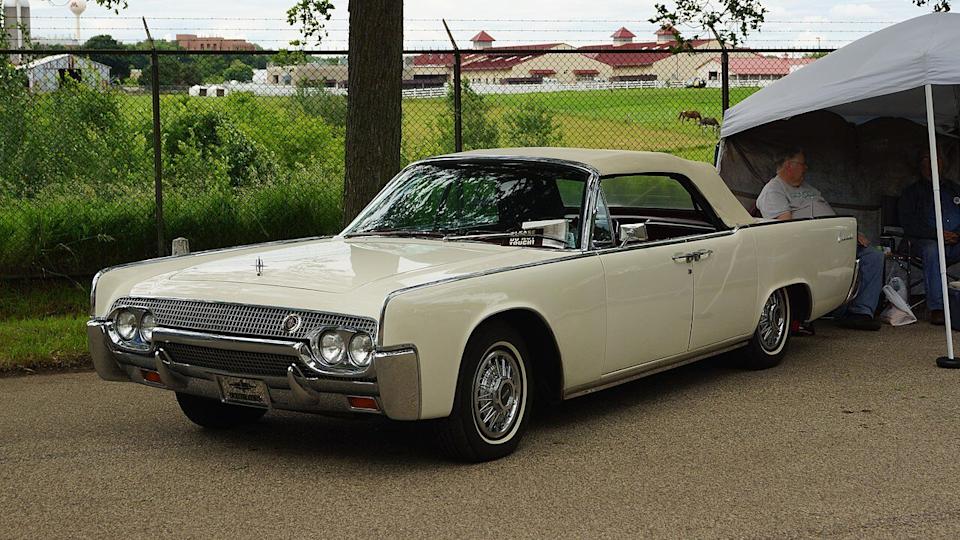
If you had impeccable taste in 1961, chances are you drove a Lincoln Continental. Its radically clean, slab-sided design was minimalist magic — a refreshing departure from the excessive chrome and tailfins of the late '50s. And those reverse-hinged suicide doors? Pure, unfiltered drama that made every entrance and exit feel like an event.
Inside, it was a sanctuary of chrome, real wood, and whisper-quiet cruising, thanks to a 430 cubic-inch V8 delivering 300 horsepower. The Continental didn’t need to shout to announce your arrival — it simply rolled up and let the silence speak. It was one of the first American luxury cars to blend understated elegance with serious engineering, featuring unibody construction and a 500-point factory inspection that made quality part of its DNA.
Today, it’s a favorite among collectors who appreciate timeless design, confident restraint, and the kind of luxury that never had to try too hard.
1970 Chevrolet Chevelle SS 454
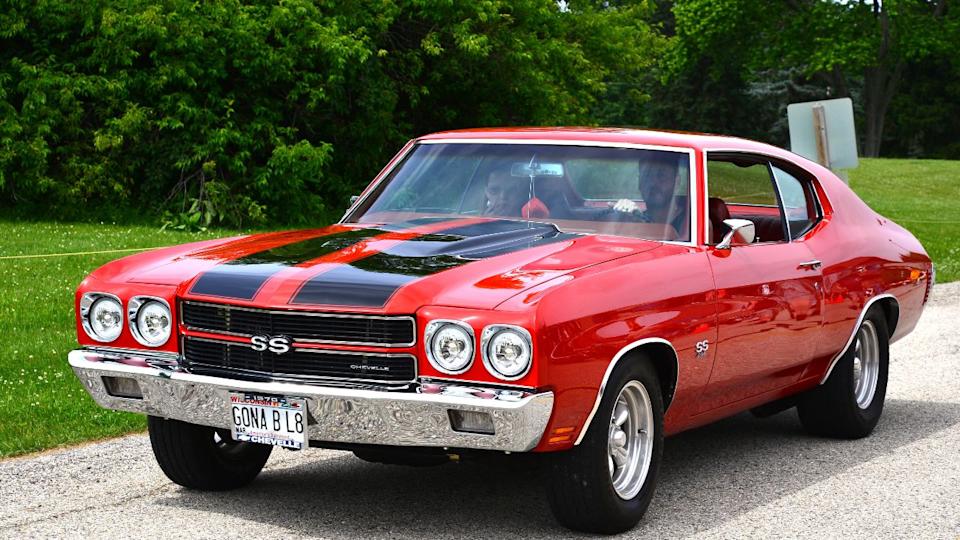
If a single car could represent the absolute zenith of the muscle car era, it might just be the 1970 Chevrolet Chevelle SS 454. With its optional cowl induction hood (which physically opened to gulp in cold air) and the monstrous LS6 454 cubic-inch V8 engine, this thing was pure automotive brutality. Officially rated at 450 hp and a staggering 500 lb-ft of torque, the LS6 was widely known to be significantly underrated from the factory, making it one of the most powerful production engines ever put into a muscle car.
The Chevelle SS 454 could outrun almost anything on the road and looked genuinely mean doing it. Available with stripes and often drenched in loud, aggressive colors, it was the undisputed high school hero of every burnout and every bad boy's fantasy. Only 4,475 LS6 Chevelle SS models were built in 1970. This was, and still is, Detroit at full throttle, delivering raw, unadulterated American power. When people lament, "they don’t make ‘em like they used to," this is precisely what they're talking about.
1977 Pontiac Firebird Trans Am
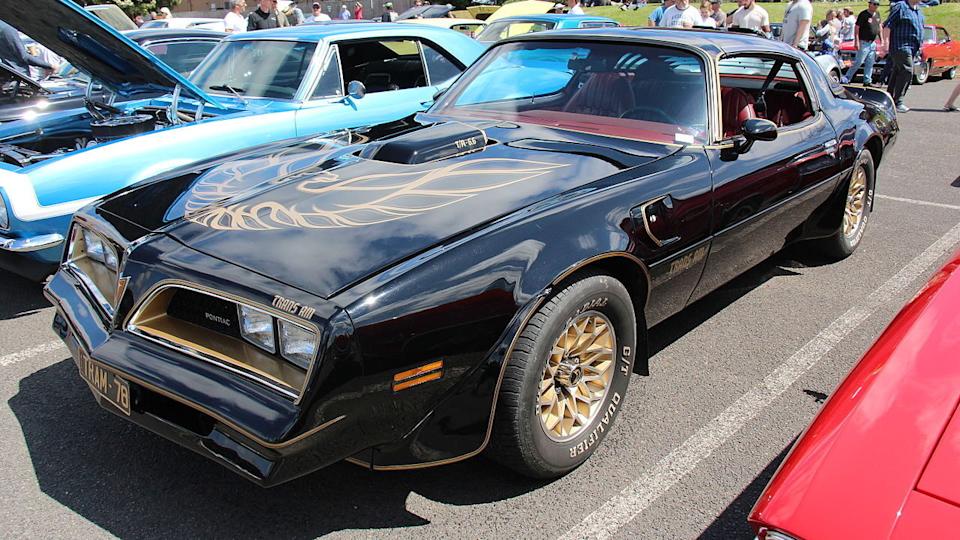
If you've seen Smokey and the Bandit, you know this car. Burt Reynolds, playing the legendary Bandit, fused with the 1977 Pontiact Firebird Trans Am, making it an instant icon. While it wasn't the fastest muscle car by then (the powerful big-blocks were long gone, replaced by the 6.6L W72 400 cubic-inch V8 making 200 hp), it had an undeniable swagger for miles. The gigantic "screaming chicken" decal on the hood, the standard T-tops, and that unmistakable shaker hood scoop did the rest.
The '77 Trans Am was peak disco-era muscle, where flashiness trumped finesse, and attitude beat horsepower. Pontiac sold over 68,000 Trans Ams in 1977, largely thanks to its big-screen presence. For millions, it became the epitome of cool, a rolling embodiment of rebellious freedom. Even today, spotting one on the road feels like encountering a rock star — loud, proud, and unapologetically flashy. It’s a symbol of American attitude, with just the right amount of mustache and Coors beer.
1970 Oldsmobile 442 W-30
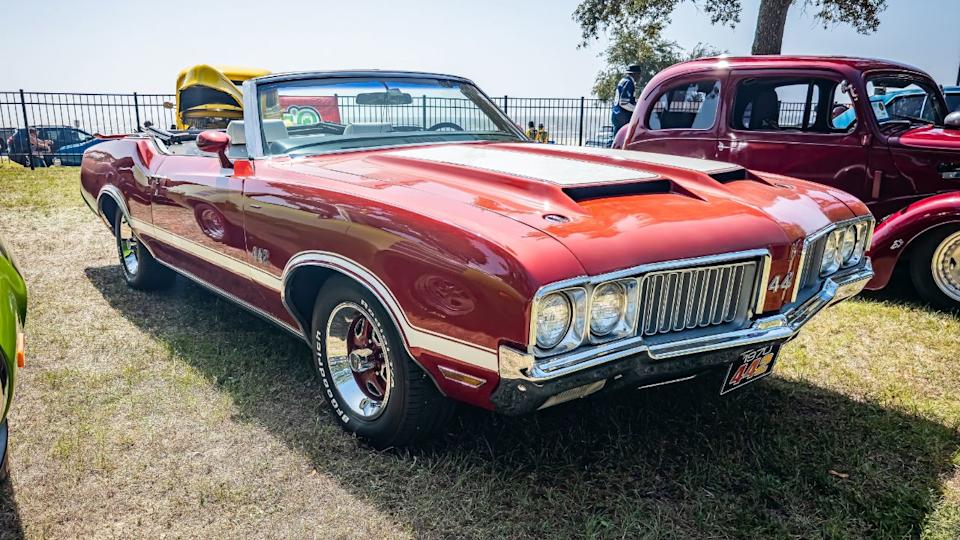
The Oldsmobile 442 wasn’t just brute muscle; it was muscle with a dash of refinement and a whole lot of understated ferocity. The "442" originally stood for a 4-barrel carburetor, 4-speed manual transmission, and dual exhaust (though the definition morphed over its lifespan). In its 1970 W-30 form, it was a certified street brawler in a business suit. This special package came with a massive 455 cubic-inch V8, factory rated at 370 hp and an astonishing 500 lb-ft of torque, often benefiting from a fiberglass Ram Air hood, specific cylinder heads, and unique cam timing.
The W-30 delivered brutal acceleration while still being smoother and more comfortable than many of its rowdier rivals. It had a "sleeper" style — less flashy than the GTO Judge or the Chevelle SS, lacking their overtly aggressive graphics. But true insiders knew exactly what it was. Only 3,100 442 W-30 coupes were produced in 1970. If you wanted a car that could dominate the drag strip on Saturday night and still cruise smoothly to Sunday church in style, this was your weapon of choice.
1981 DeLorean DMC-12
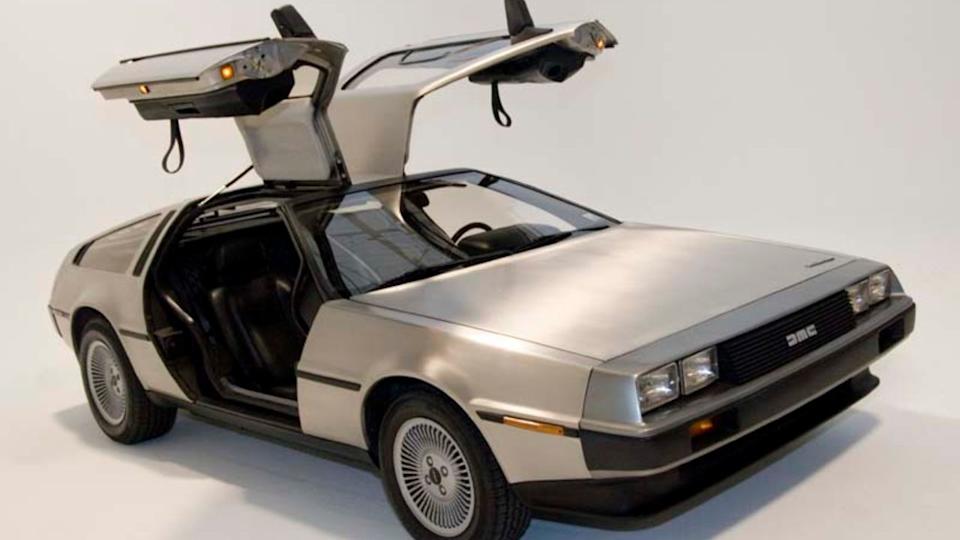
No list of iconic American cars is complete without a nod to the stainless steel time machine that made flux capacitors a household concept. The DeLorean DMC-12 wasn’t just cool — it was science fiction brought to life. With unpainted stainless body panels, gull-wing doors, and a wedge-shaped silhouette penned by Giorgetto Giugiaro, it looked like it drove straight off a spaceship and into the showroom.
Performance? Not exactly its strong suit. The 2.85L PRV (Peugeot-Renault-Volvo) V6 made just 130 hp in U.S. spec, and 0–60 mph took a leisurely 10.5 seconds. But thanks to Back to the Future, it didn’t need to be fast to become a legend.
Despite a rocky production run (roughly 9,000 units built from 1981 to 1982) and the financial implosion of its ambitious founder, John DeLorean, the DMC-12 became one of the most recognizable cars on Earth. It’s a rolling symbol of bold design, Hollywood fantasy, and a kind of retro-futurism that never really went out of style.
Closing Thoughts: Chrome Never Dies
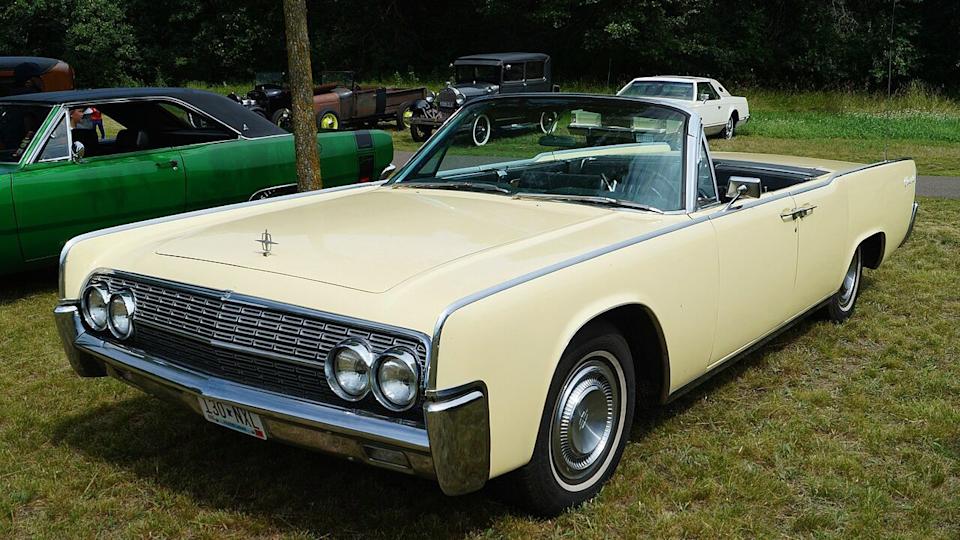
These cars didn’t necessarily start as icons, well, maybe The Judge did, it was the culture that made them unforgettable. People latched onto their over-the-top performance, their quirks, or even their infamous backstories (looking at you, John DeLorean). Some were embraced immediately. Others needed a few decades and a movie deal to earn their status.
What they all have in common is staying power. Whether it’s the design, the sound, the attitude, or the chaos they stirred up, these machines still spark something — even from across a parking lot. They weren’t built to be timeless. They just refused to fade.
Like our content? Follow us for more. Here's a couple of other articles we think you'll like:
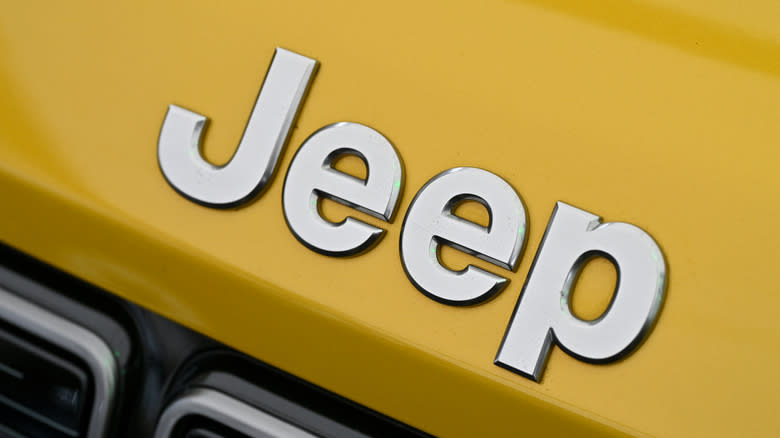
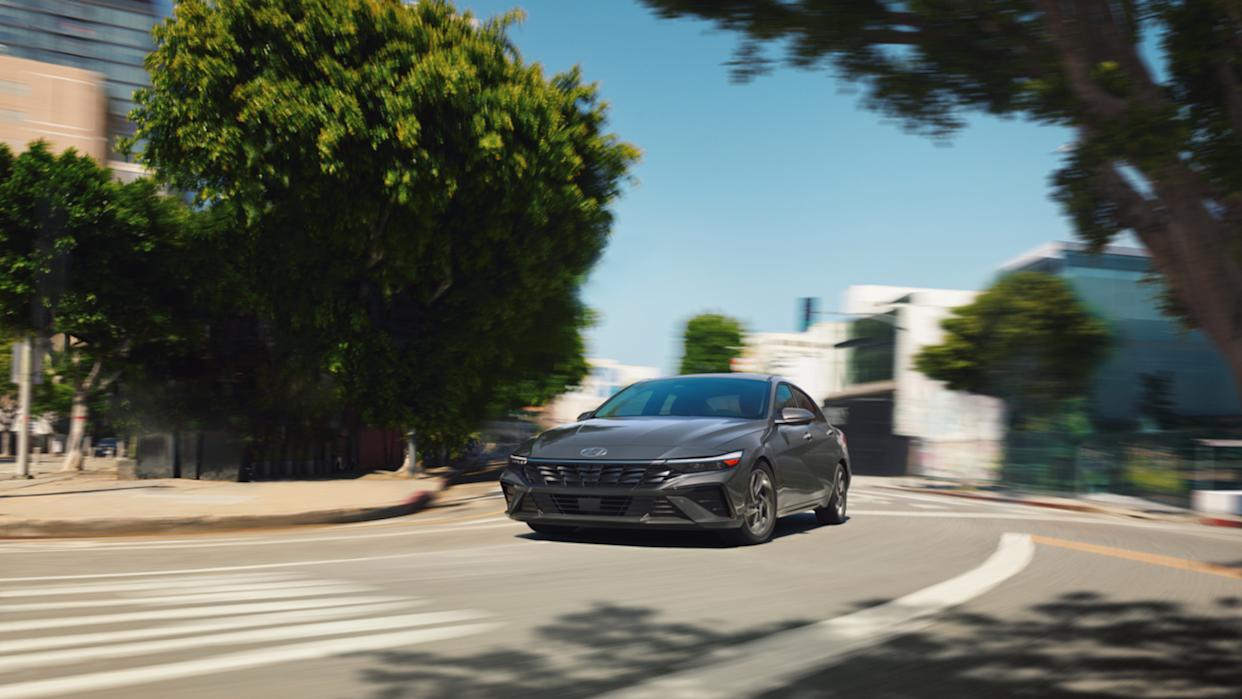
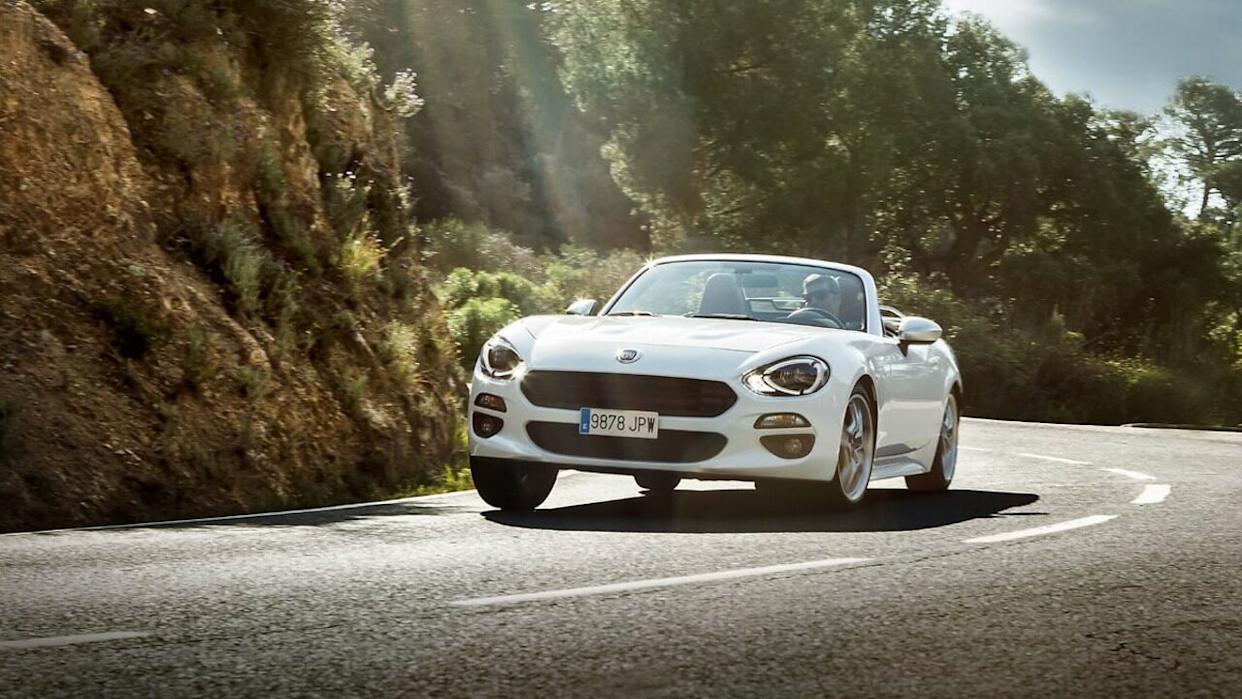
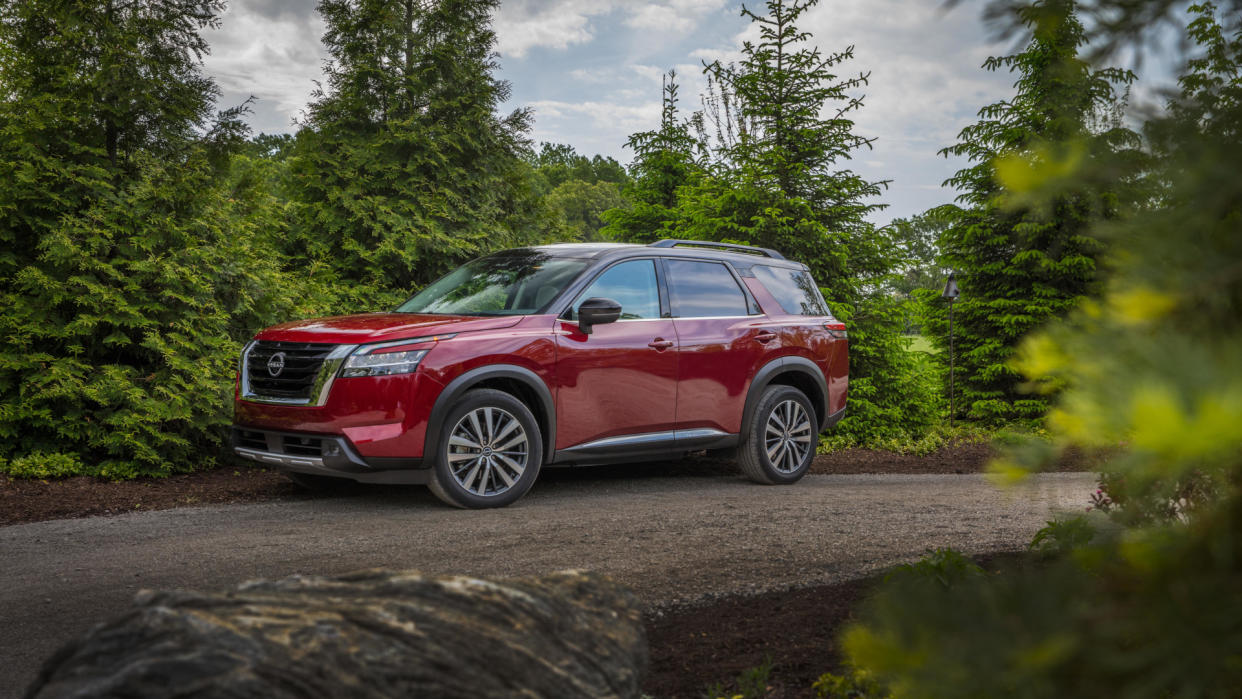

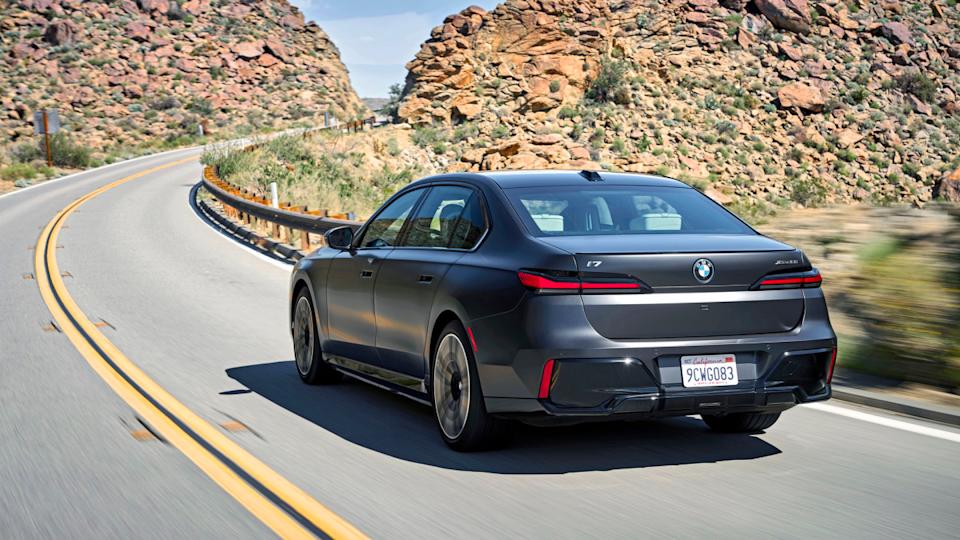
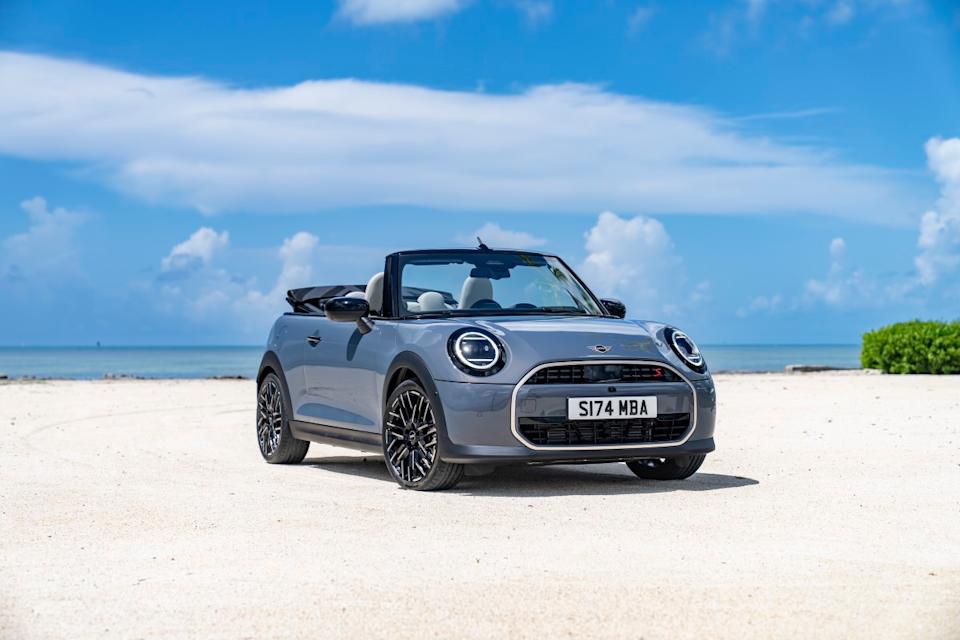
Comments